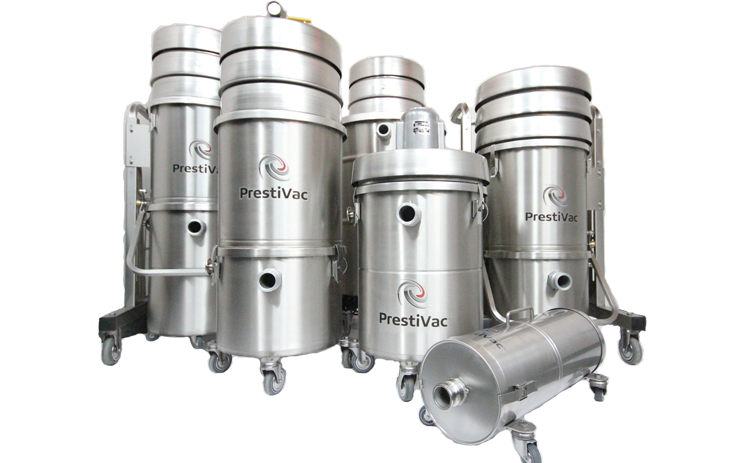Every facility that handles, stores or process any type of solids has a risk of an explosion when the solids turn into dust during processing. The general rule is, if a material can burn in its solid form, under the right conditions, it can and will combust and explode.
Combustible dust explosion environments are found in these processes; conveying, processing, pulverizing and storing. Each of these environments has a unique challenge when it comes to eliminating or reducing explosion risks.
Explosion Venting, Isolation, and Suppression
Any facility that handles, processes and stores solids have an explosion risk. Picking the right type of explosion protection system makes the difference. Explosion venting is one of 3 basic system elements used for protection from combustible dust explosions. The others are isolation and suppression.
When products cannot be released safely into the environment, a process vessel has to be set 3 meters of the building perimeter, or when an explosion cannot be vented in a safe area, a suppression system is required. An isolation system is required when there is a possibility that a fireball could spread to other buildings or the process vessels through interconnecting pipework.
Combustible Dust NFPA Standard
- Reduce the escape of dust from ventilation systems or process equipment.
- Use dust collection filters and systems.
- Use surfaces that cut dust accumulation and facilitate cleaning.
- Allow all areas to be inspected.
- Clean dust regularly.
- Use cleaning methods that do not generate dust clouds.
- Use vacuum cleaners that are certified for dust collection.
- Place relief valves far from dust hazard areas.
- Create and carry-out a hazardous dust inspection, testing, housekeeping, and control program.













